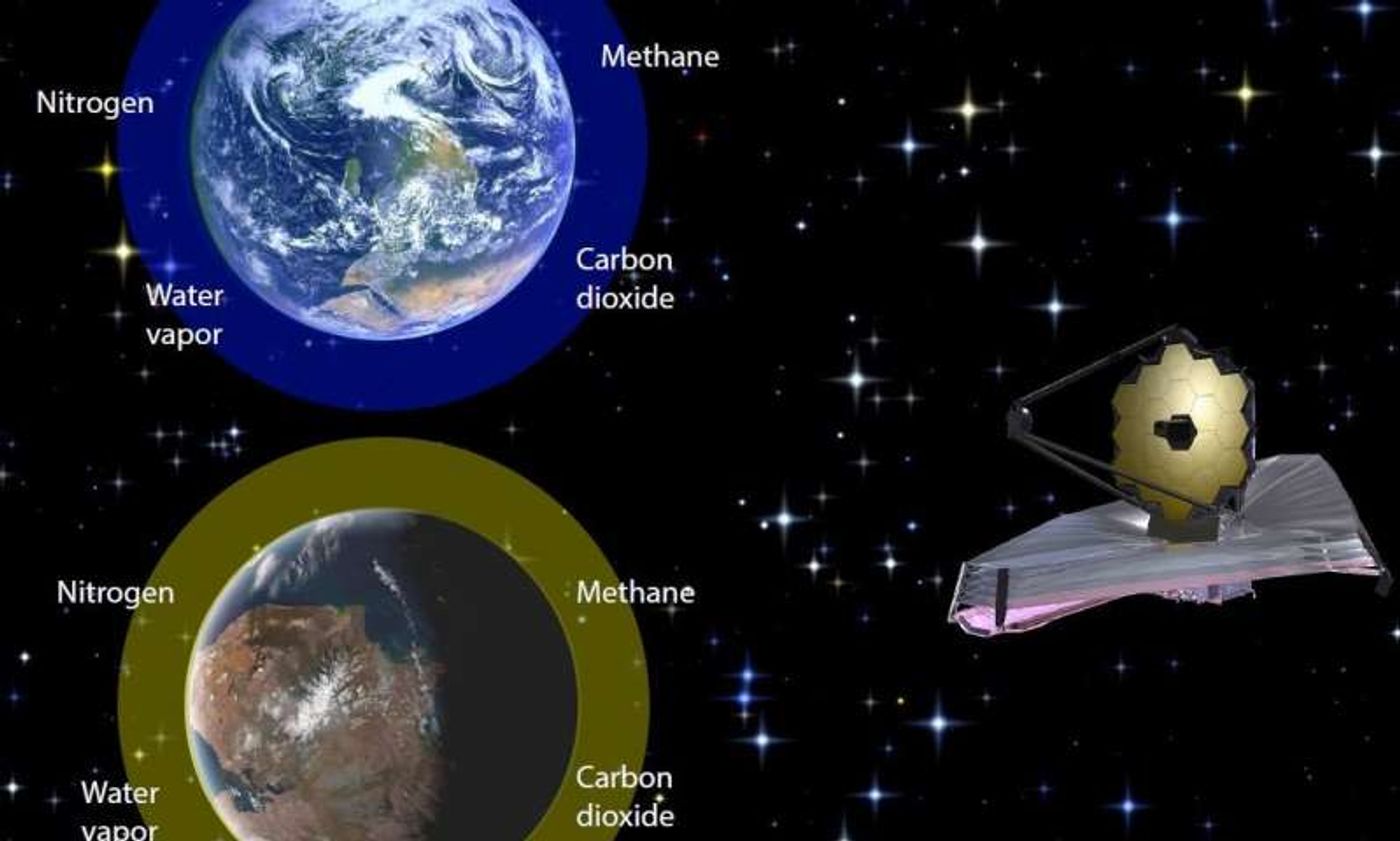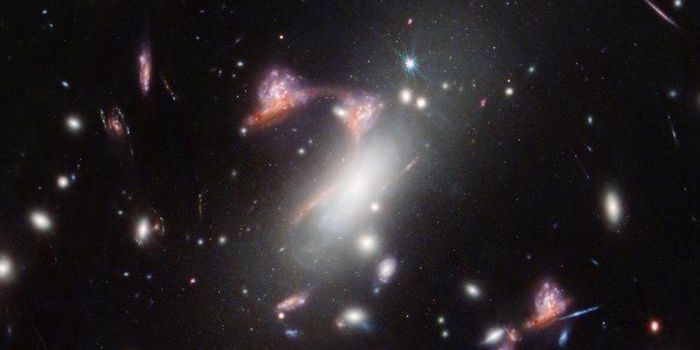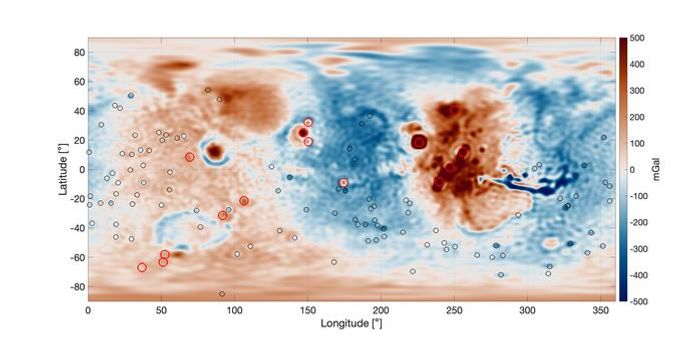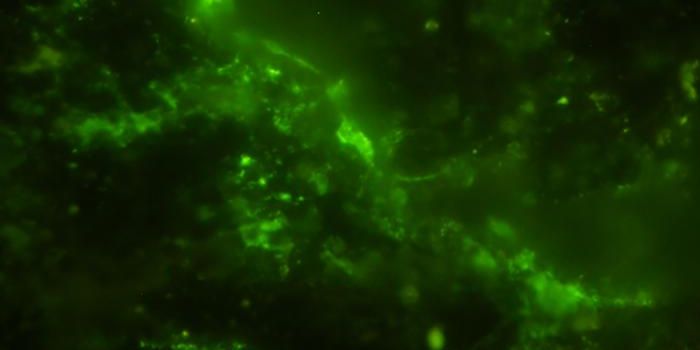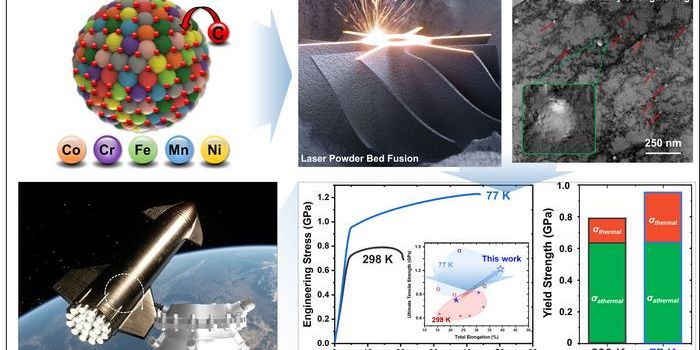The James Webb Space Telescope May Help Astronomers Search for Alien Life
Despite an onslaught of delays that have thus far prevented NASA’s James Webb Space Telescope from being launched into space, the space observatory promises to answer some of the most challenging questions about our universe today.
Perhaps one of the most mind-bending questions of them all is: are we alone out there? Astronomers have been searching for answers to this question for as long as we can remember, but the James Webb Space Telescope could bring us one step closer to resolving it.
Image Credit: NASA/Wikimedia Commons/Joshua Krissansen-Totton
Astronomer Joshua Krissansen-Totton and colleagues from the University of Washington note that the James Webb Space Telescope’s powerful onboard sensory equipment could be far more capable of searching for exoplanetary biosignatures than any of its predecessors.
More specifically, they’d be looking for a particular byproduct of life known as "atmospheric chemical disequilibrium," a study published in the journal Science Advances reports. But what does that mean?
To better understand the meaning, we must consider our Earth and how its atmospheric chemical composition changed once life began breathing and sustaining biological chemical reactions.
Theoretically, similar chemical byproducts should exist in exoplanetary atmospheres if those worlds support alien life; but it’s always possible that alien life forms, should they exist, might not inhale oxygen and exhale carbon dioxide as humans do. In fact, the circumstances may be very different.
"This idea of looking for atmospheric oxygen as a biosignature has been around for a long time. And it's a good strategy—it's very hard to make much oxygen without life," Krissansen-Totton explained.
"But we don't want to put all our eggs in one basket. Even if life is common in the cosmos, we have no idea if it will be life that makes oxygen. The biochemistry of oxygen production is very complex and could be quite rare."
Related: NASA's James Webb Space Telescope completes cryogenic testing
The astronomers involved in the study agree that three specific gasses could be used to discern whether an exoplanet potentially supported alien life. The presence of both carbon dioxide and methane in an exoplanet’s atmosphere would look somewhat promising, but the coexistence of vast amounts of carbon monoxide in the same exoplanet’s atmosphere would likely serve as an automatic disqualifier.
"We need to look for fairly abundant methane and carbon dioxide on a world that has liquid water at its surface, and find an absence of carbon monoxide," added study co-author David Catling.
"Our study shows that this combination would be a compelling sign of life. What's exciting is that our suggestion is doable, and may lead to the historic discovery of an extraterrestrial biosphere in the not-too-distant future."
Related: This hot exoplanet's atmosphere contains gaseous atomic iron and titanium
While the traditional search for both liquid water and oxygen gas serves as an excellent starting point for discerning potentially-habitable exoplanets, the researchers conclude that the atmospheric concoction described in their paper would help astronomers narrow down potential life-supporting exoplanets.
Fortunately, the James Webb Space Telescope’s powerful infrared capabilities would make for the ideal tool for investigating exoplanetary atmospheres for these biological signatures. The observatory’s 6.5-meter gold-plated mirror promise to provide some the most explicit and precise data astronomers have ever laid eyes on.
It’ll be a few more years before the James Webb Space Telescope gets to visit outer space, but it certainly seems like it will be worth the wait. If all goes well, perhaps we’ll finally answer this pressing question once and for all.
Source: BBC, Phys.org, Science Advances
